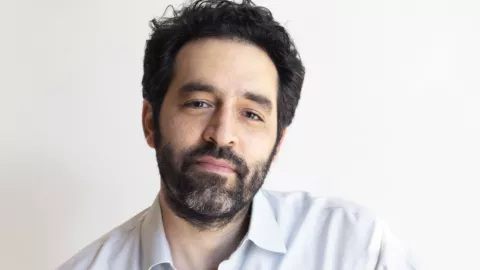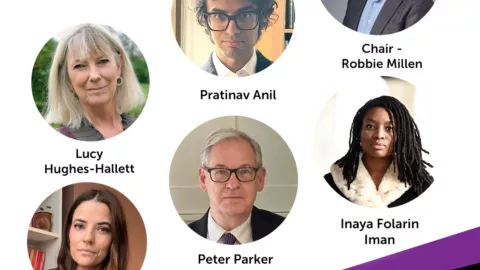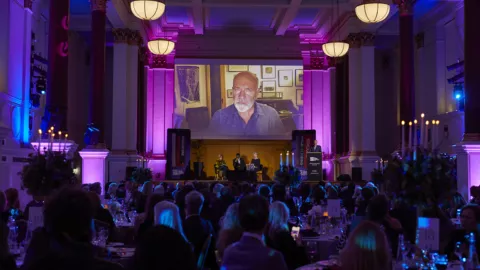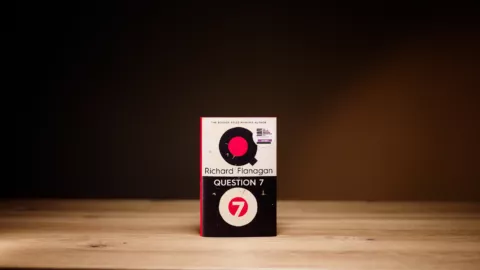
Jonathan Blitzer Longlist Interview
9 October 2024
How does it feel to be longlisted?
Terrific!
How did you conduct your research?
Apart from the usual fieldwork, traveling, interviews, library work, and endless online research, two categories really helped me further: second-hand bookshops and Tinder. In well-stacked second-hand bookshops, I found absolute gems—vintage publications on the history of gulf tournaments in the ‘Dutch East Indies’, that sort of stuff. Tinder was a quick way to tell thousands of people I was more interested in their grandfather and grandmother than in themselves. It worked. Several oral history sources in ‘Revolusi’ were found this way.
What challenges did you face turning such a vast and complex story into a gripping narrative?
Being offline in order to stay focused, that was the biggest challenge. Concentration has become such a rare good these days. So, I switched off my phone, stayed in a hotel at the other side of town, didn’t talk to anybody during the week, and lived with the past. It was an intense but much needed immersive experience.
Can you explain the significance of the homemade cotton flag raised in August 1945?
On August 17, 1945, Indonesia proclaimed its independence in a make-shift, improvised ceremony that had just been decided the night before. Soekarno was to become the first president, in the early hours of the day his wife rapidly stitched a red-and-white flag from a few rags. The fourth biggest country in the world started with a hastily sewn flag.
Can you share a particularly impactful story or testimony that significantly shaped your understanding of Indonesia's struggle for independence?
Siti Aishah in Jakarta! She was very old and frail, lying on her bed in a very modest home for the elderly. I thought I was too late. An hour later, however, she sat up, singing revolutionary songs from the time she joined the rebellion as a 14-year-old freedom fighter in the tropical rainforest of Borneo. Unforgettable.


10 April 2025

17 December 2024

19 November 2024